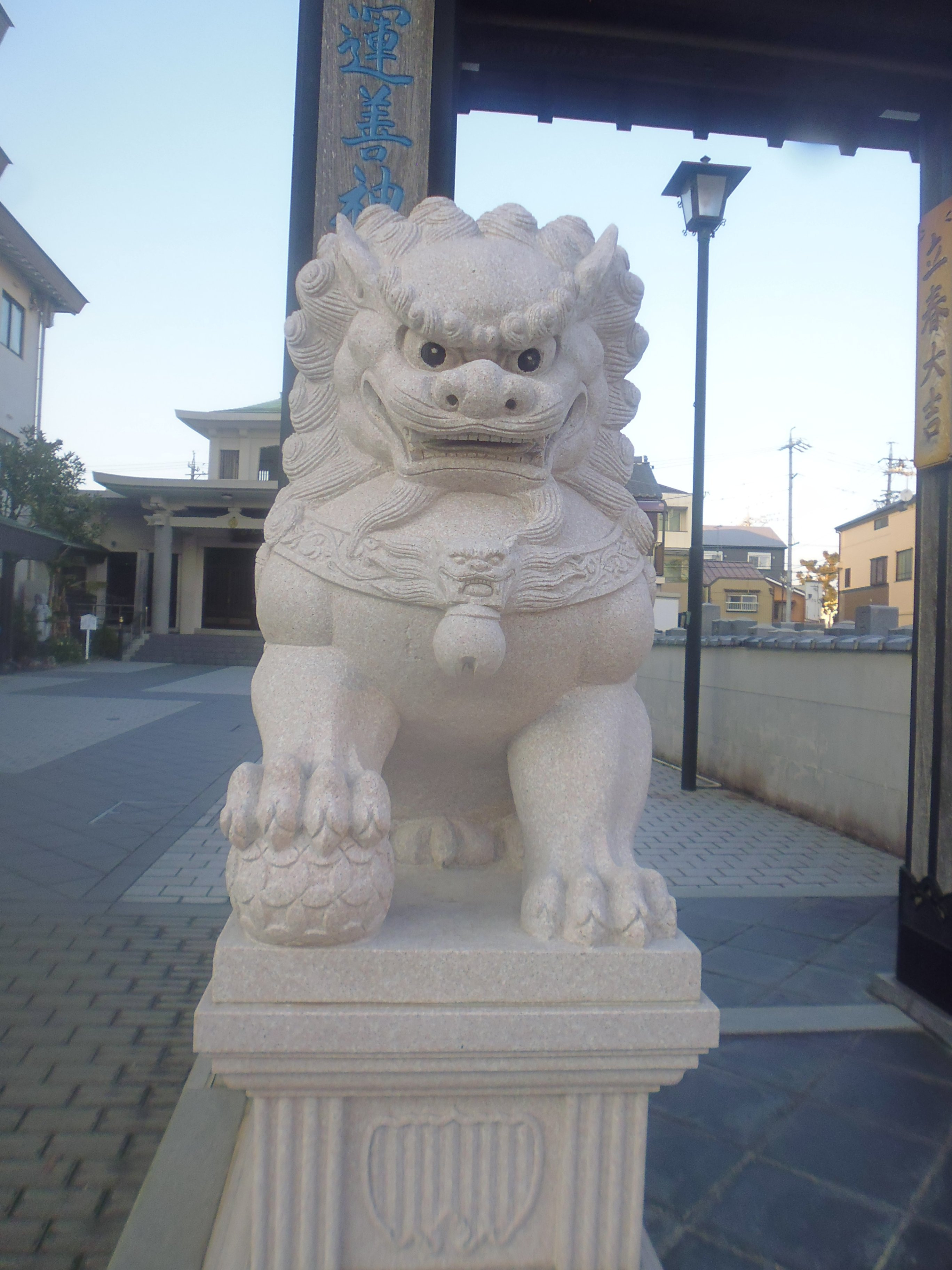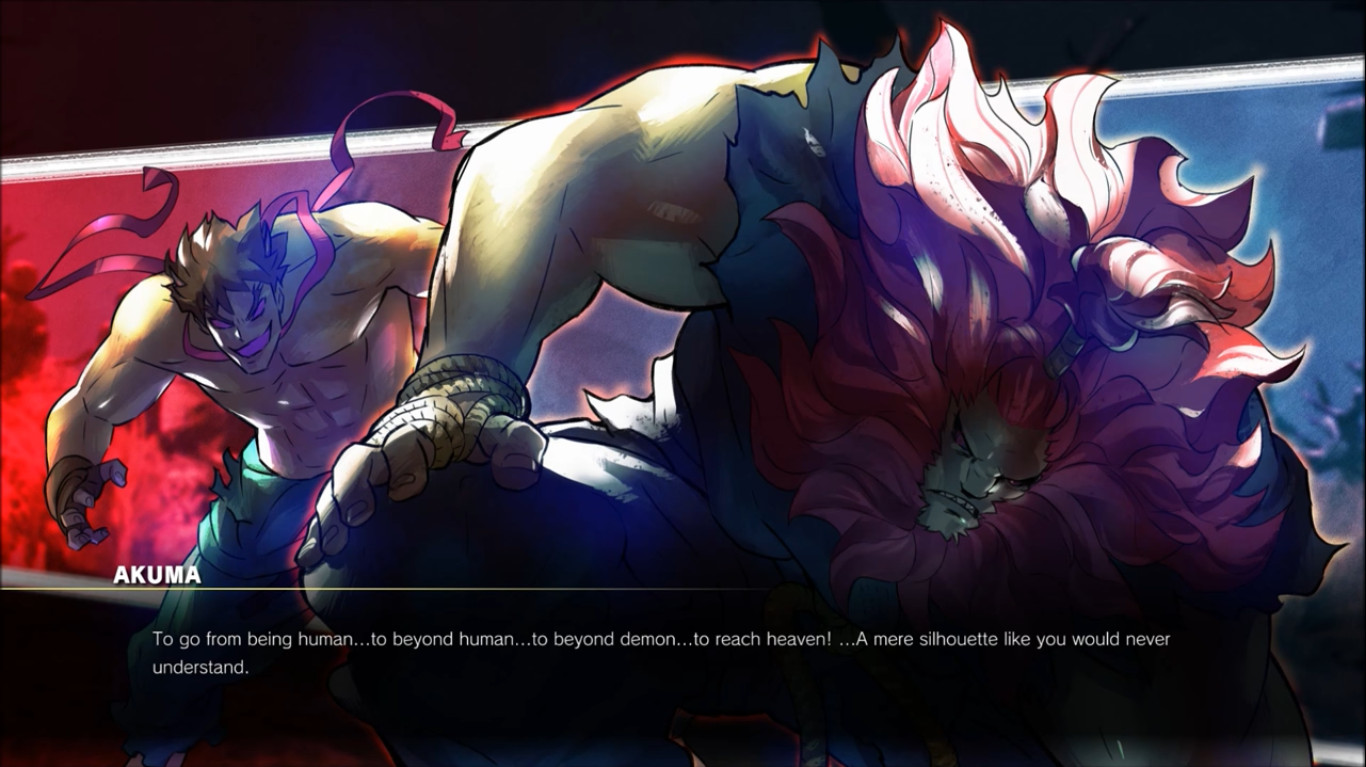For Street Fighter aficionados, few theories spark as much debate and intrigue as the idea that Akuma, theMaster of the Fist, is secretly the father of Ryu, the eternal wanderer. This concept, fueled by non-canonical appearances in productions like Street Fighter: Assassin’s Fist and Street Fighter Alpha: The Animation, has become a cornerstone of fan speculation. Despite the passionate arguments on both sides, Capcom has largely remained silent, leaving the theory shrouded in mystery and in-game ambiguity. The lack of definitive confirmation only intensifies the discussion, making it a persistent topic within the Street Fighter community. Even if Capcom were to address it directly, the answer likely wouldn’t be straightforward, potentially raising even more intricate questions about the lore and character relationships within the Street Fighter universe.
So, let’s delve into the compelling, albeit controversial, theory: Is Akuma truly Ryu’s father in the world of Street Fighter?
Previously, on streetsounds.net, we explored an alternative perspective in “The Truth About Ryu’s Parents?” which posited Ryu not as someone born in the traditional sense, but as a revenant, a reincarnation of the Maiden of Matsue. This theory leaned heavily on in-game symbolism, from the Suzaku Castle stage to the Furinkazan signs appearing during fights in Street Fighter II.
According to this interpretation, the in-game evidence suggests Ryu’s origins are far more mystical than familial, implying he materialized into existence rather than being born to Akuma. Drawing parallels to Toni Morrison’s “Beloved,” the revenant concept suggests a being that simply appears, unbound by conventional birth. While this might seem fantastical, within the context of Street Fighter, a universe populated by teleporting karate masters, yoga practitioners with mystical powers, and superpowered dictators, the notion of a young man spontaneously coming into existence isn’t entirely out of place.
However, for the purpose of this exploration, let’s entertain the more widely debated scenario: Capcom officially declares, “Akuma is Ryu’s dad.” Media such as Assassin’s Fist and the Alpha anime have hinted at this possibility, though their non-canon status means they can’t be taken as definitive proof. Focusing on the game canon itself, we’re left with the intriguing idea of a father figure seemingly obsessed with a deadly confrontation with his alleged son.
This begs the question: what exactly is the dynamic at play here?
Let’s begin by examining Sayaka, the character often speculated to be Ryu’s mother. Intriguingly, Sayaka has never made a canonical appearance within the Street Fighter games themselves.
 Sayaka, a character from Street Fighter lore, speculated to be Ryu's mother and linked to Akuma, in a fan art depiction.
Sayaka, a character from Street Fighter lore, speculated to be Ryu's mother and linked to Akuma, in a fan art depiction.
As detailed on Fandom resources, Sayaka is depicted as the niece of Goutetsu, Akuma’s master and the only known victim of his devastating Shun Goku Satsu technique. She is portrayed as having cared for both Akuma and Gouken, Goutetsu’s students, eventually developing a romantic affection for Akuma. Initially, Akuma reciprocated Sayaka’s feelings, and they are believed to have become secret lovers. However, Akuma’s deepening immersion into the Satsui no Hado led him to reject all worldly attachments, including his relationship with Sayaka, as well as severing ties with Goutetsu and Gouken. Before his final departure, Akuma is said to have consummated his relationship with Sayaka, and legend suggests Sayaka subsequently gave birth to a child, widely speculated to be Ryu.
If Capcom were to canonize this narrative, it would address several mysteries surrounding Ryu’s lineage and the trajectory of his story. It could even coexist with the “Ryu is the Maiden of Matsue” theory, providing a biological origin for Ryu’s existence before his reincarnation. Instead of a spontaneous manifestation, Ryu would simply be born and then reincarnated as a male child carrying a female soul.
However, this familial link presents some challenges to other established theories. For instance, it would directly contradict the idea that the Satsui no Hado stems from a sexuality conflict. If Akuma fathered Ryu, it would imply he had come to terms with a heterosexual identity, yet still rejected love in favor of embracing the dark arts. Furthermore, it would weaken the theory that Ryu’s susceptibility to the Satsui no Hado arises from the conflict of a female soul in a male body, as it could simply be attributed to a genetic predisposition inherited from Akuma’s own embrace of the Satsui no Hado.
Despite personal reservations about Ryu being Akuma’s son, the ownership of the Street Fighter intellectual property ultimately rests with Capcom. This narrative direction remains a plausible path they might choose. Therefore, understanding Akuma’s motivations becomes crucial in deciphering why he would pursue a deadly confrontation with someone potentially revealed as his own offspring.
Examining Akuma’s design offers valuable insights. His visual representation is heavily inspired by Nio statues, commonly found guarding Buddhist temples.
 Nio Guardian statues in Nara, Japan, showcasing the design inspiration for Akuma from Street Fighter, highlighting his powerful and protective imagery.
Nio Guardian statues in Nara, Japan, showcasing the design inspiration for Akuma from Street Fighter, highlighting his powerful and protective imagery.
As Wikipedia explains, Nio statues are “dharmapala manifestations of the bodhisattva Vajrapāṇi, the oldest and most powerful of the Mahayana Buddhist pantheon. According to Japanese tradition, they travelled with Gautama Buddha to protect him and there are references to this in the Pāli Canon as well as the Ambaṭṭha Sutta. Within the generally pacifist tradition of Buddhism, stories of dharmapalas justified the use of physical force to protect cherished values and beliefs against evil.”
Akuma’s design in Street Fighter V further reinforces this guardian archetype with his lion’s mane hairstyle, reminiscent of komainu, the guardian lion-dog statues that guard the entrances of Shinto shrines.
 Komainu statue at Saikouji Temple in Toyohashi, Japan, illustrating the lion-dog guardian aesthetic reflected in Akuma's hairstyle in Street Fighter V.
Komainu statue at Saikouji Temple in Toyohashi, Japan, illustrating the lion-dog guardian aesthetic reflected in Akuma's hairstyle in Street Fighter V.
In-game dialogue in Street Fighter III: Second Impact also supports this interpretation. Both Ibuki and Yun make direct references to Akuma’s resemblance to these guardian figures in their character-specific win quotes against him.
Ibuki: “Hm. I think I saw you somewhere before… Ah, a Chinese guardian dog!”
Yun: “I’ve seen a statue of you somewhere… in a temple?”
This in-game evidence solidifies Akuma’s visual and thematic connection to guardian statues. However, these statues are inherently protectors, not destroyers. This deliberate inversion suggests that the developers designed Akuma to be the antithesis of his visual inspiration. Akuma, in this sense, embodies a fallen guardian, one who has strayed from his intended purpose. This narrative arc mirrors a well-known story, hinted at by Akuma’s English name itself: the tale of the fallen angel, Satan.
Satan, believing in his own supremacy, attempted to overthrow God. His rebellion resulted in his defeat and expulsion from Heaven. Since then, the Devil has been perpetually striving to reclaim his lost celestial status. Akuma, whose very name translates to “devil” in Japanese (and whose Japanese name “Gouki” carries a similar meaning of “great demon”), is surrounded by parallels to both Satan and Heaven. His murder of his master Goutetsu can be seen as a rebellion against authority, and his attacks on his brother Gouken echo the biblical story of Cain and Abel. However, a closer examination suggests Akuma’s ultimate desire might be redemption, a restoration to Heaven’s grace. A scene in Street Fighter V offers a compelling glimpse into this motivation:
 Akuma in Street Fighter V, a series of in-game screenshots depicting his pursuit of godhood and the Satsui no Hado, highlighting his complex character within the Street Fighter universe.
Akuma in Street Fighter V, a series of in-game screenshots depicting his pursuit of godhood and the Satsui no Hado, highlighting his complex character within the Street Fighter universe.
Akuma genuinely believes that mastering the Satsui no Hado will grant him godhood, but to achieve this, he must control and transcend his destructive impulses. Essentially, Akuma seeks to ascend to Heaven on his own terms, defying divine will or any preordained path.
So, how does Ryu fit into this grand scheme? The answer might lie in the concept of the “Sins of the Father.” As explained by Wikipedia, this concept “derives from biblical references primarily in the books Exodus, Deuteronomy, and Numbers to the sins or iniquities of one generation passing to another.” It often manifests as children bearing the consequences of their parents’ transgressions, facing societal ostracism for crimes they did not commit.
Akuma’s potential relationship with Ryu could be a twisted inversion of this principle. He might seek to be killed by Ryu, specifically with the Satsui no Hado, believing that this act will somehow transfer his sins to Ryu, paving his own path to heaven. By forcing Ryu to become the instrument of his demise, and thus burdened with the act, Akuma might believe he can be purged of his sins and gain entry into Heaven’s gates.
“That makes no sense,” one might argue. “Wouldn’t Akuma simply descend to Hell?” Perhaps, but Akuma’s actions suggest this is not his belief. The Shun Goku Satsu, his signature technique, appears to be a method of condemning others to Hell, reserved for those he deems unworthy. Akuma seems to view Hell as a destination for the weak, while he believes strength is the true currency for entering Heaven.
One final question remains: Why was Akuma initially designed as a guardian figure? Was he originally meant to protect someone? As previously proposed in “The Goddess of Street Fighter,” Chun-Li might have been the individual Akuma was destined to protect, not Ryu, if his ambition was to conquer Heaven.
Furthermore, it was suggested that Gen, based on certain evidence, might represent the Black Turtle, one of the Four Divine Beasts traditionally associated with Chun-Li’s protection. This implies that Akuma’s intended role as a guardian might have been for Chun-Li, and his rejection of this destiny created a void that Gen ultimately filled.
Of course, Akuma turning away from a woman wouldn’t be unprecedented, given the Sayaka narrative. Whether a guardian turned destroyer, a father seeking twisted redemption through his son, or a fallen angel striving for godhood, Akuma remains one of Street Fighter’s most complex and captivating characters, ensuring the “Akuma Street” discussions continue for years to come.
